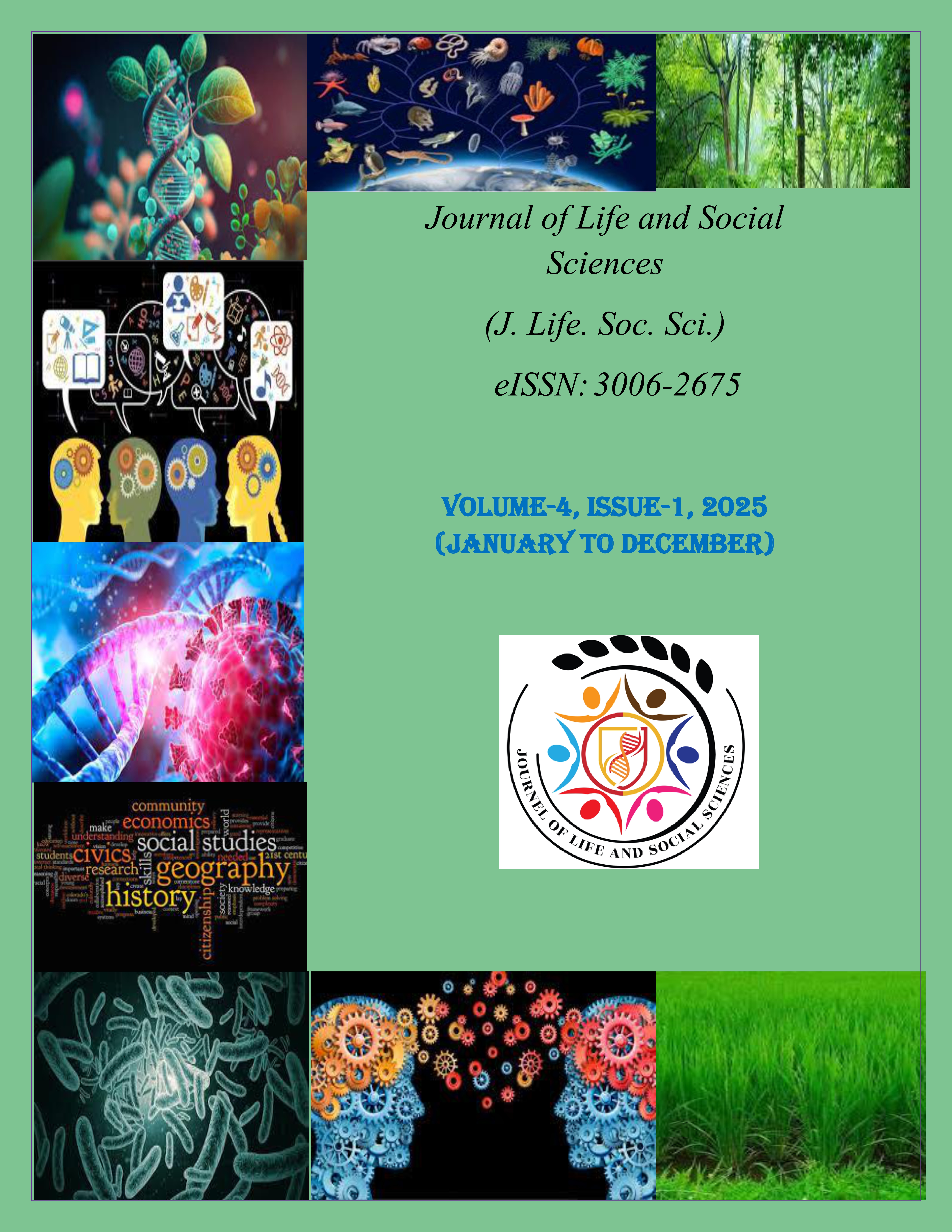REDUCING CANCER RISKS THROUGH AWARENESS AND ACTION: CELEBRATING WORLD CANCER DAY 2025
DOI:
https://doi.org/10.64013/bbasrjlifess.v2025i1.38Abstract
The theme of World Cancer Day 2025 is “United by Unique” highlighting the efforts to improve patient care, early detection, and lifestyle interventions to reduce cancer uncertainty worldwide. Research improvements in cancer awareness political campaigns, timely detection tools, and lifestyle interventions from 2010 to 2025, highlighting corporate role in reducing cancer morbidity and mortality. As a planet's collaborative effort to empower its inhabitants through education and innovative methods, bridging inequalities in medical treatment remains essential. Cancer remains one of the main global health obstacles, with countless inhabitants drifting annually. While advances in treatment have improved resilience rates, prevention remains the basis for reducing the global burden of cancer. World Cancer Day observed on February 4th, plays an essential role in raising awareness and encouraging worldwide cooperation in the fight against cancer. The 2025 theme, emphasizes patient-centered care, personalized prevention schemes, and actionable information. The present short commentary analyses the progress from 2010 to 2025 in cancer prevention, focusing on the development of a top-of-the-line political campaign, the development of early detection, and the role of lifestyle options in reducing the risk of cancer.
Downloads
Downloads
Published
Issue
Section
Categories
License
Copyright (c) 2025 A MALIK, S MALIK, A ZAHID, Q ALI (Author)

This work is licensed under a Creative Commons Attribution-NonCommercial 4.0 International License.




